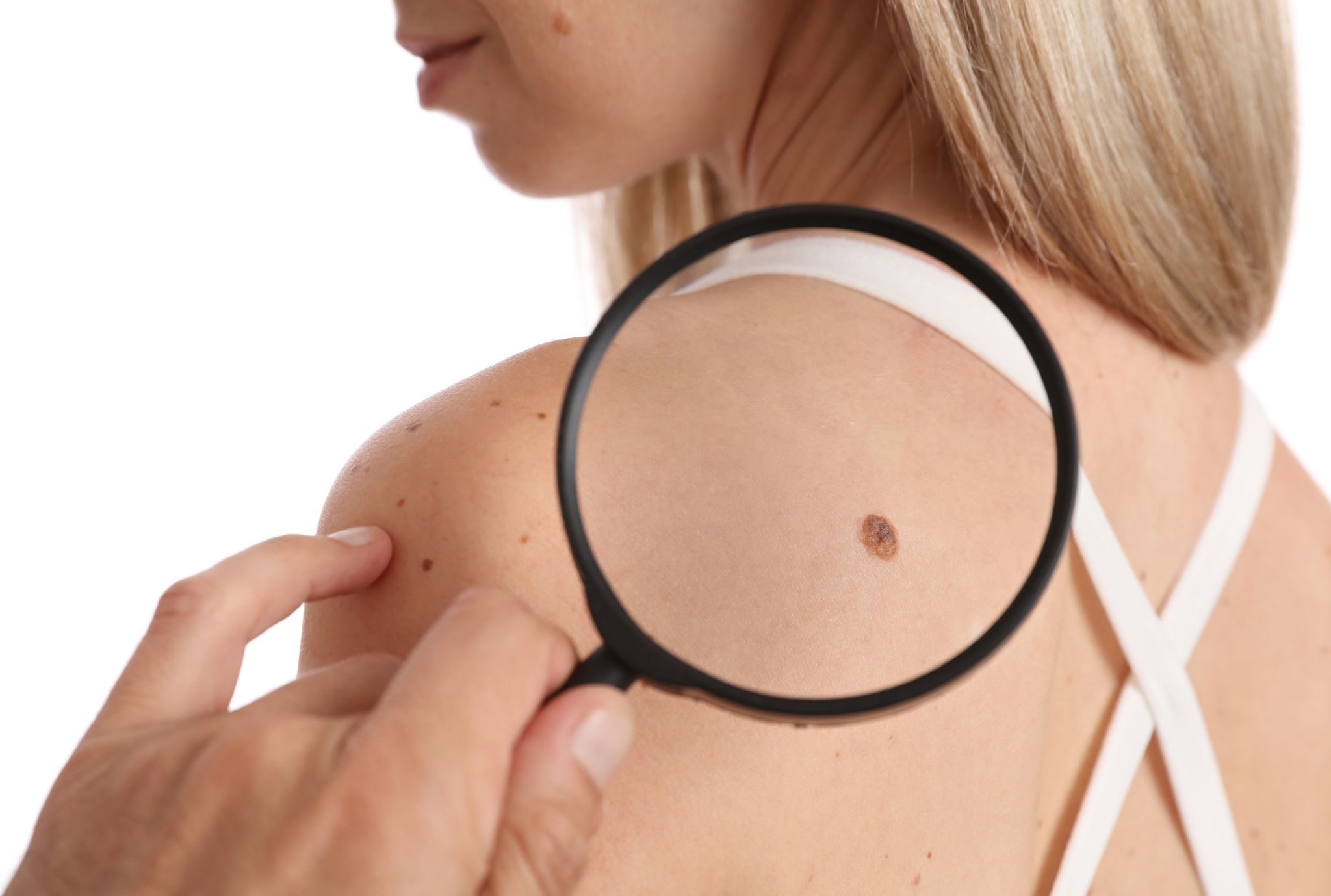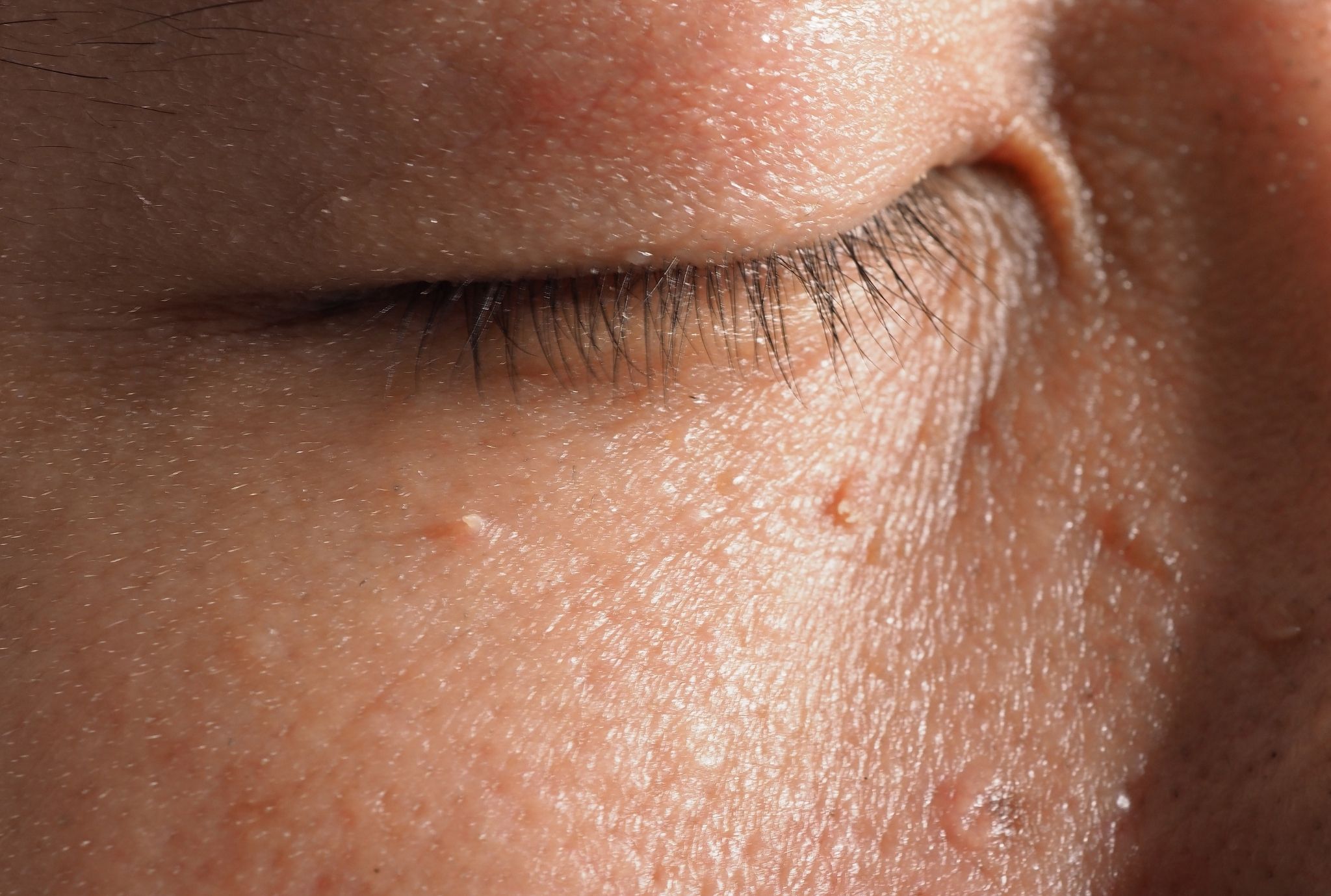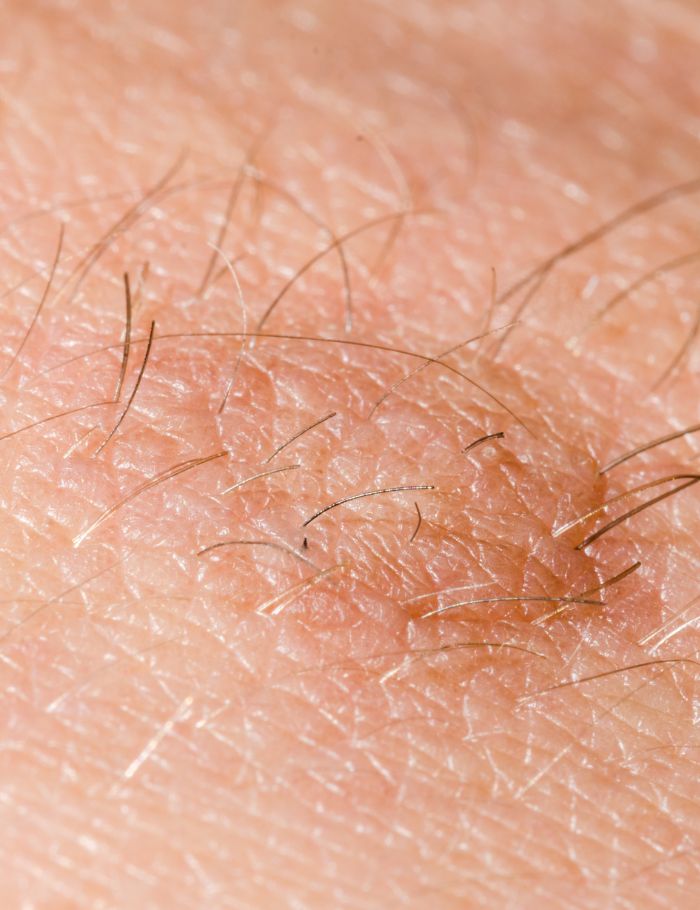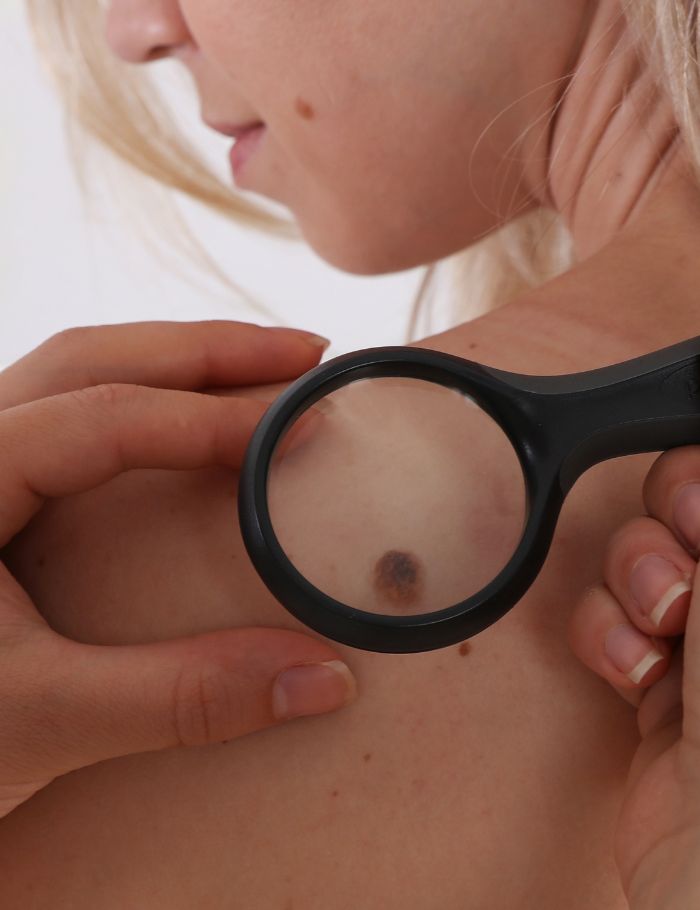Skin Tag Removal
Skin tags are harmless growths that can appear or develop anywhere on the skin. However, they are more common on the neck, underarms, and eyelids. Unlike moles, skin tags are the same colour as your skin or slightly darker. When they get irritated, they may turn red. Skin tags are more common as you age.
Besides these features, one feature common to skin tags is that everyone wants to get rid of them! While many people want to remove their skin tags for aesthetic reasons, they need to be removed if they are constantly irritated, feel uncomfortable, or begin to affect their eyesight.
If you have a skin growth that looks similar to a skin tag but you are unsure, contact a trained dermatologist and get it checked.





